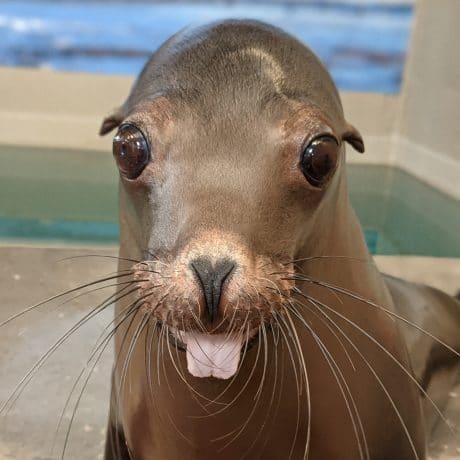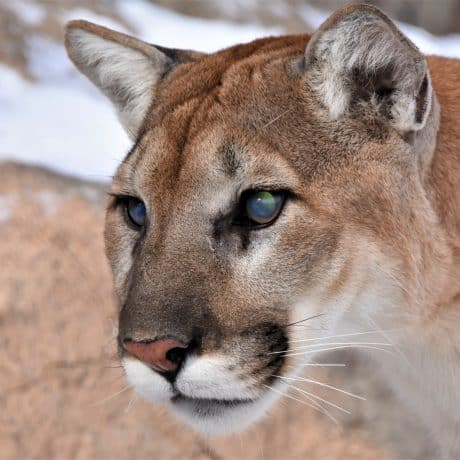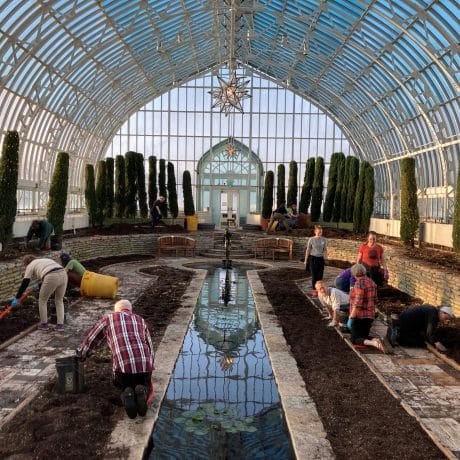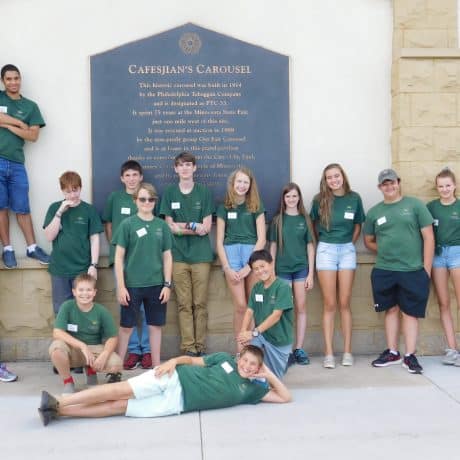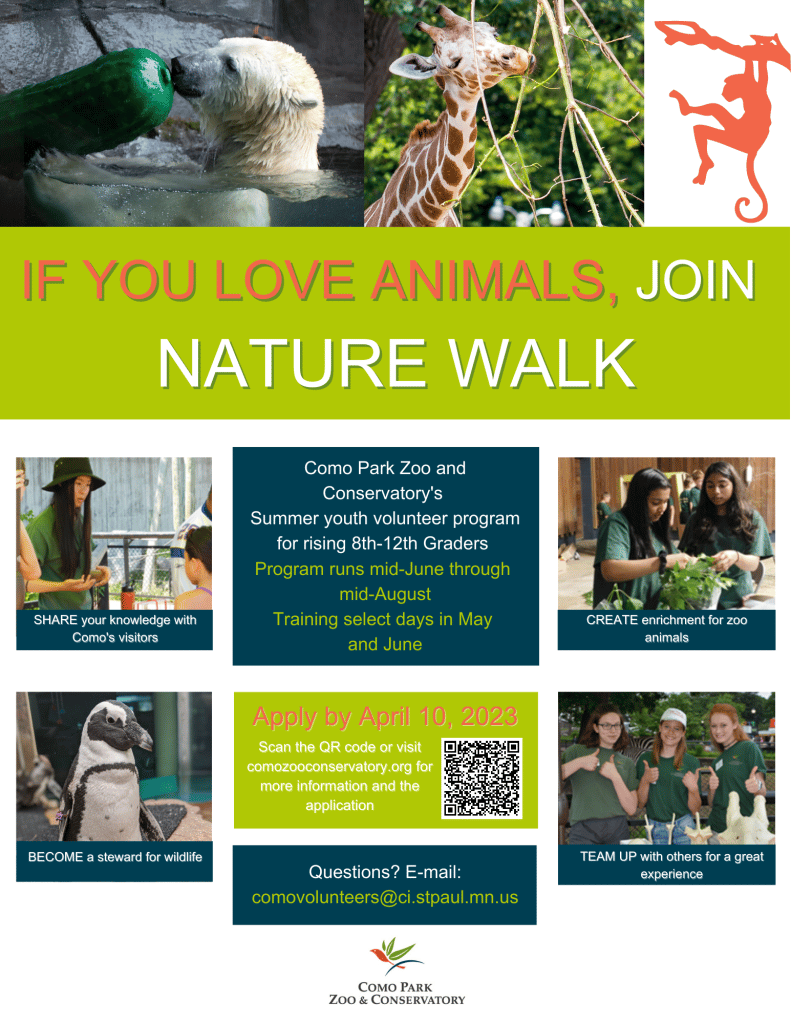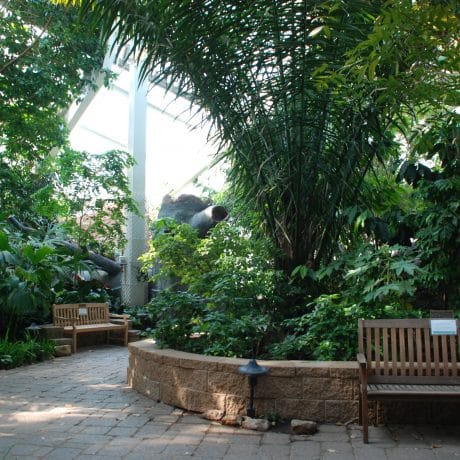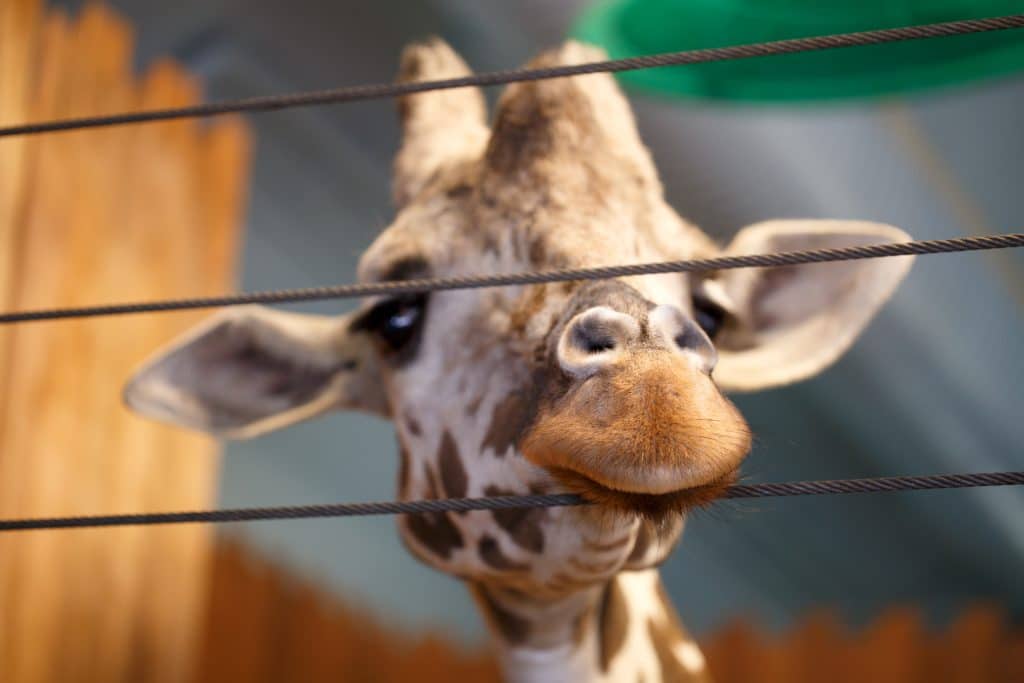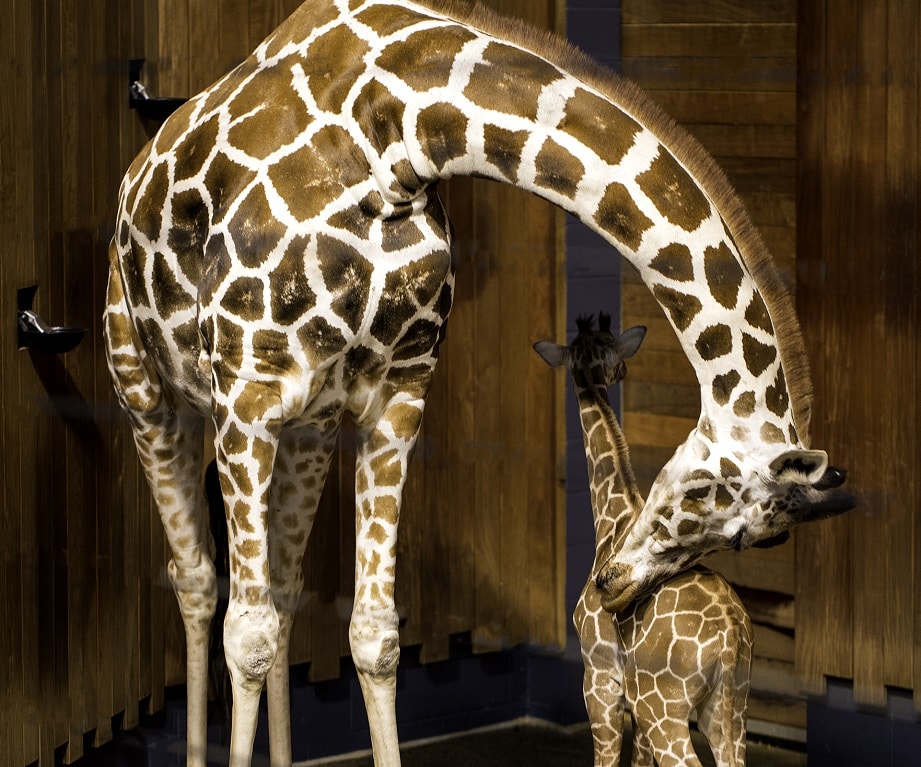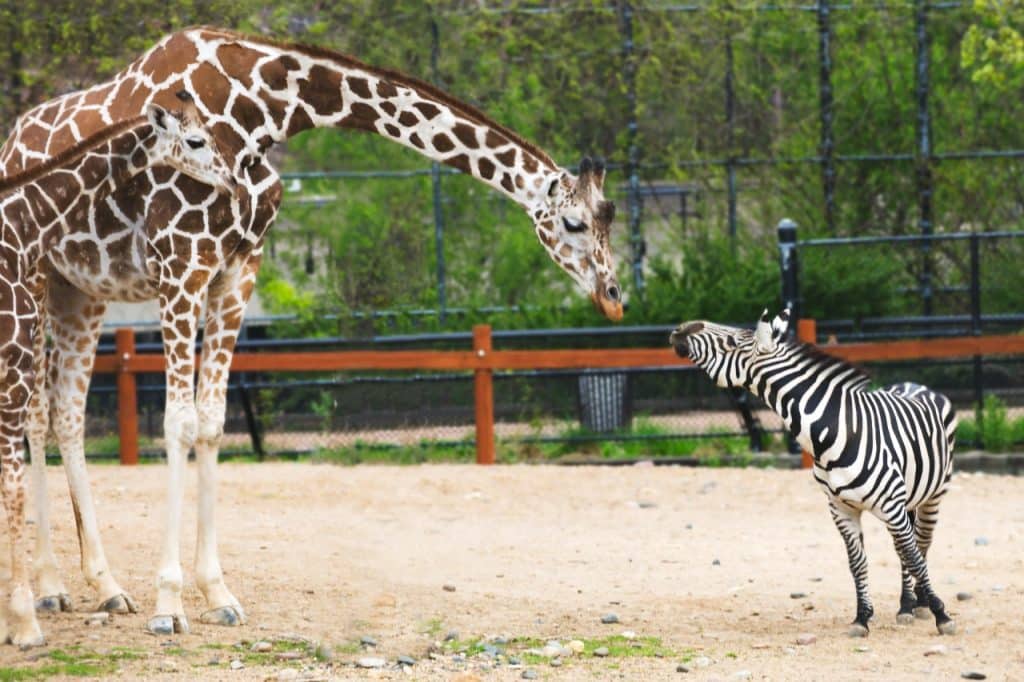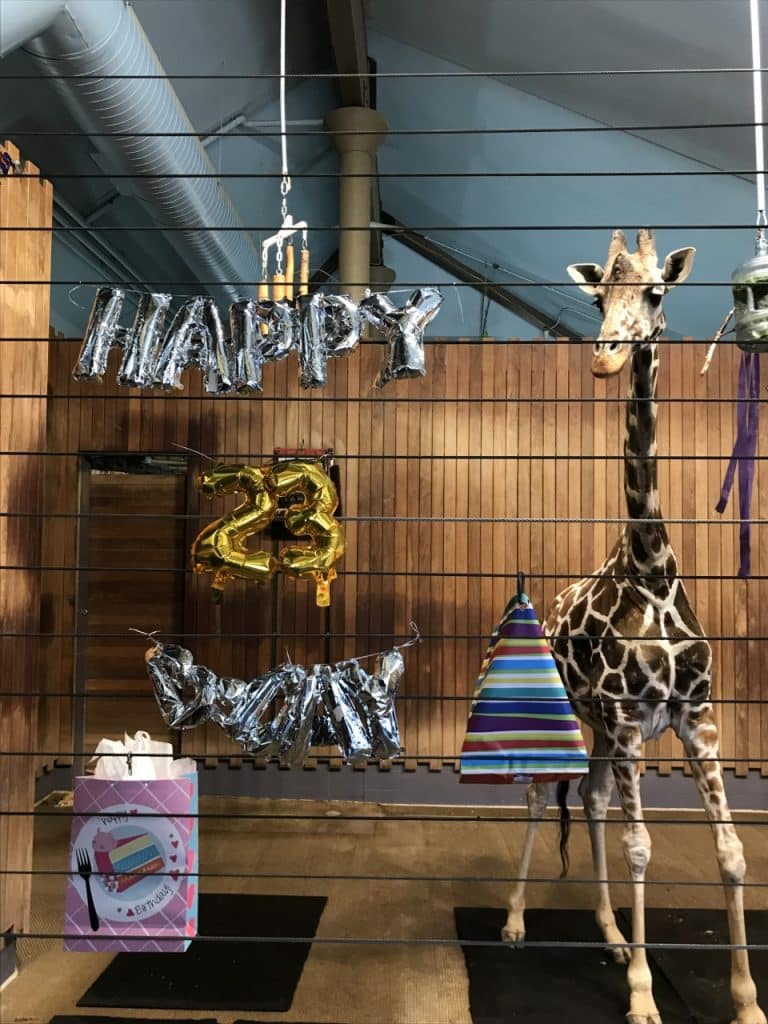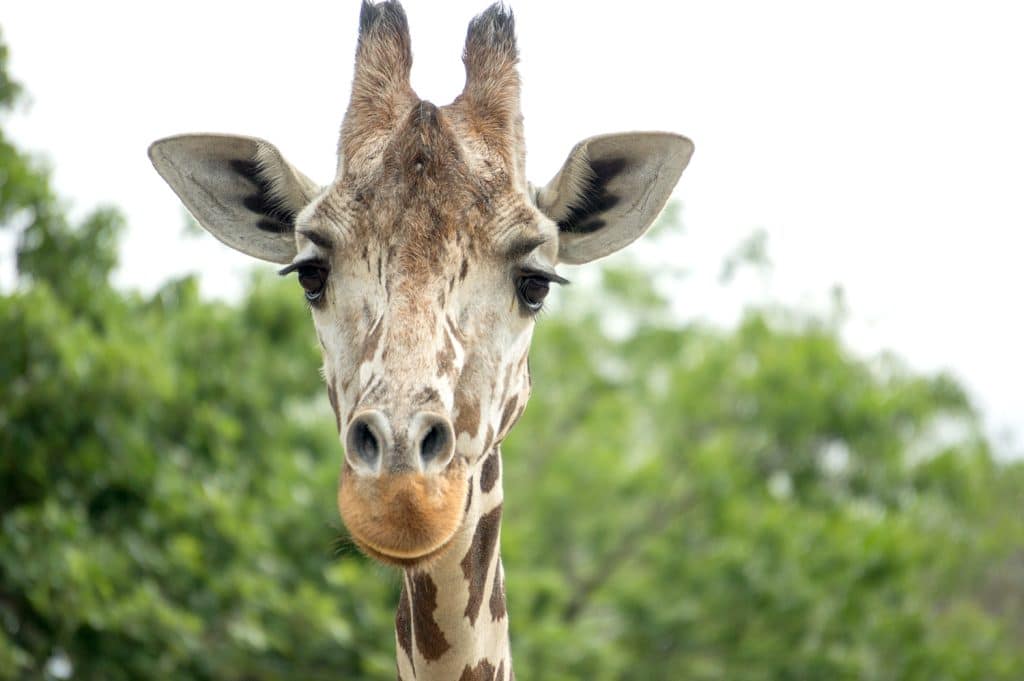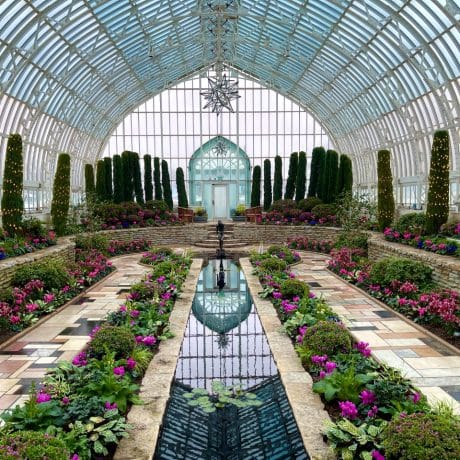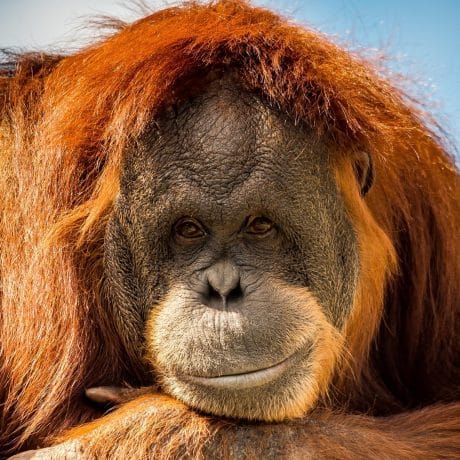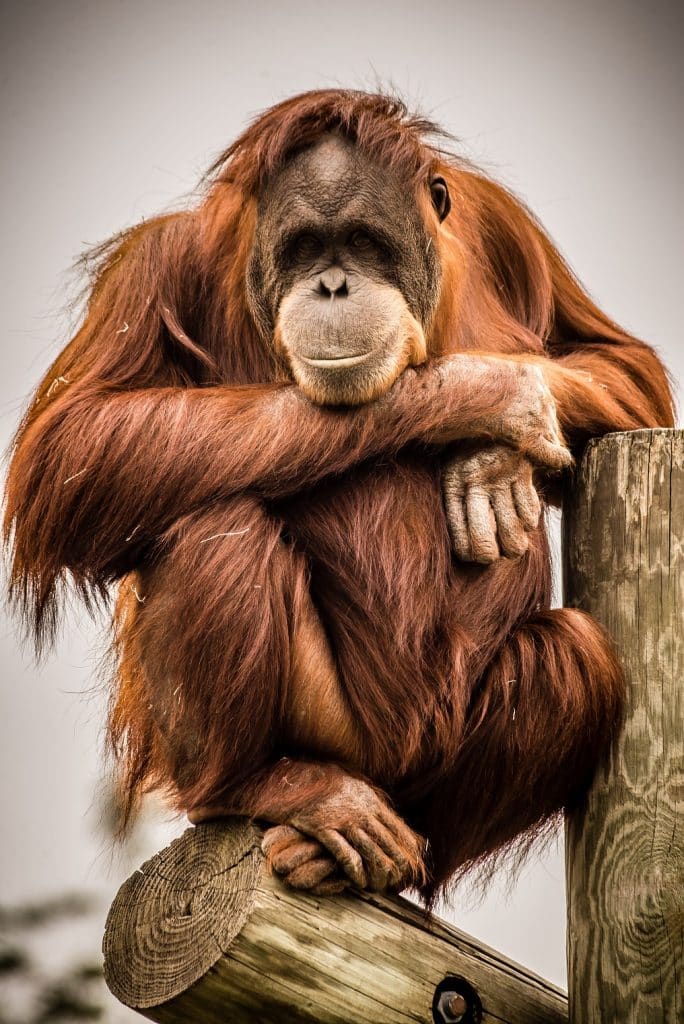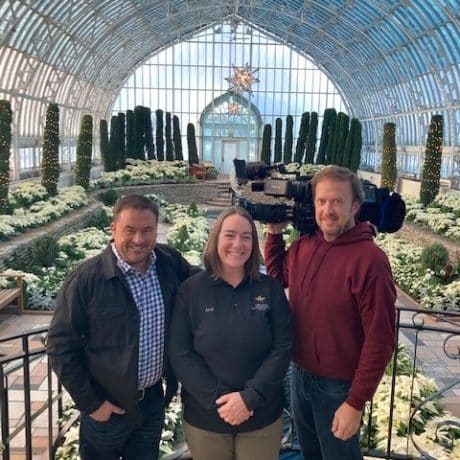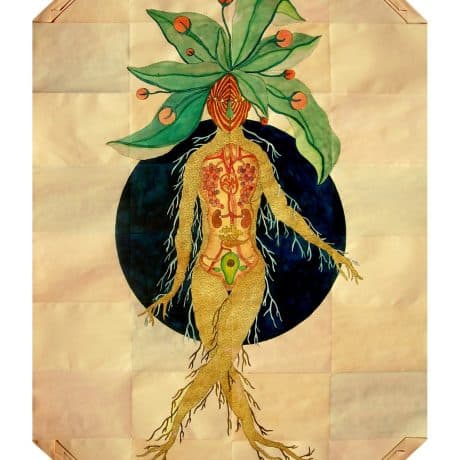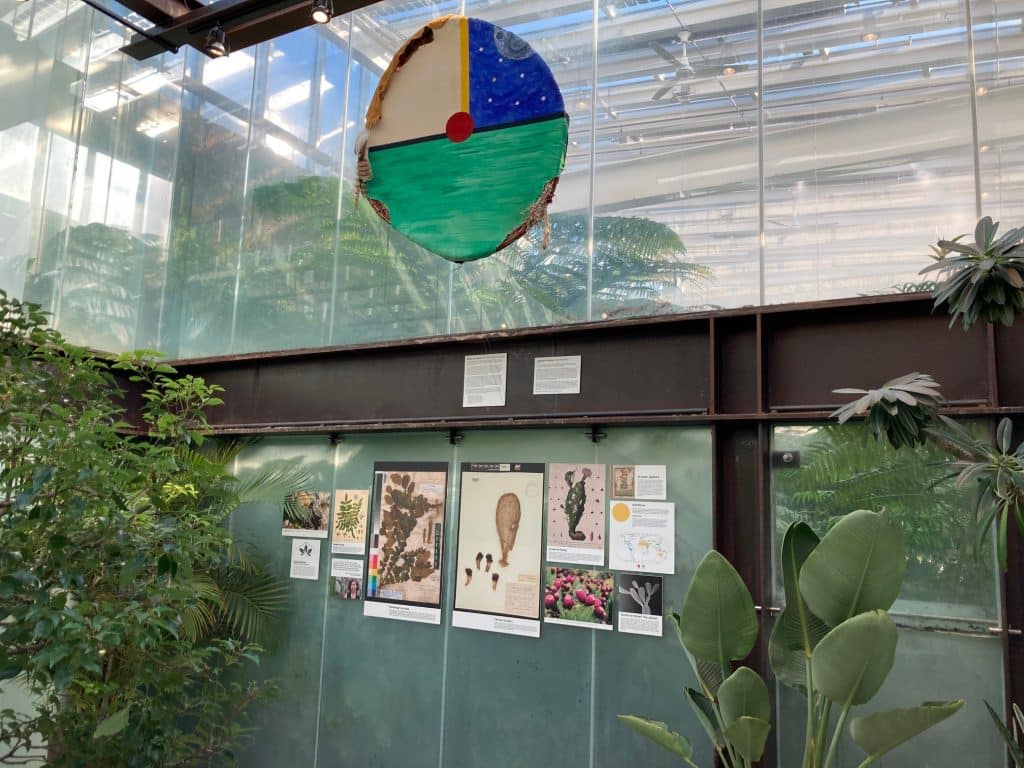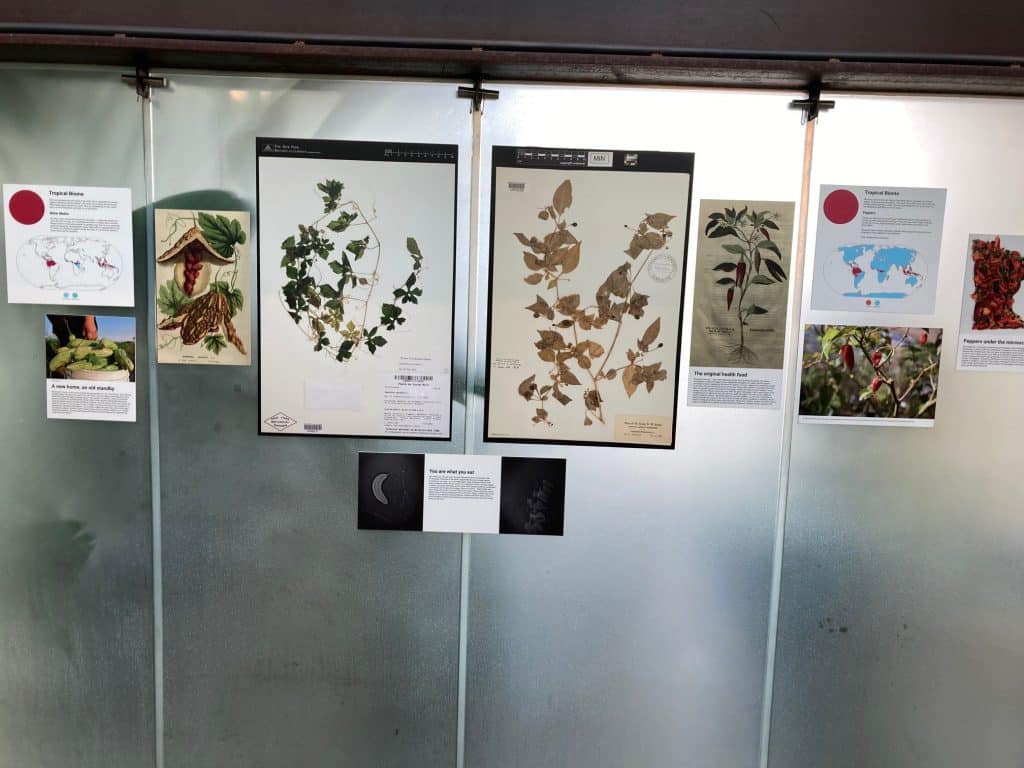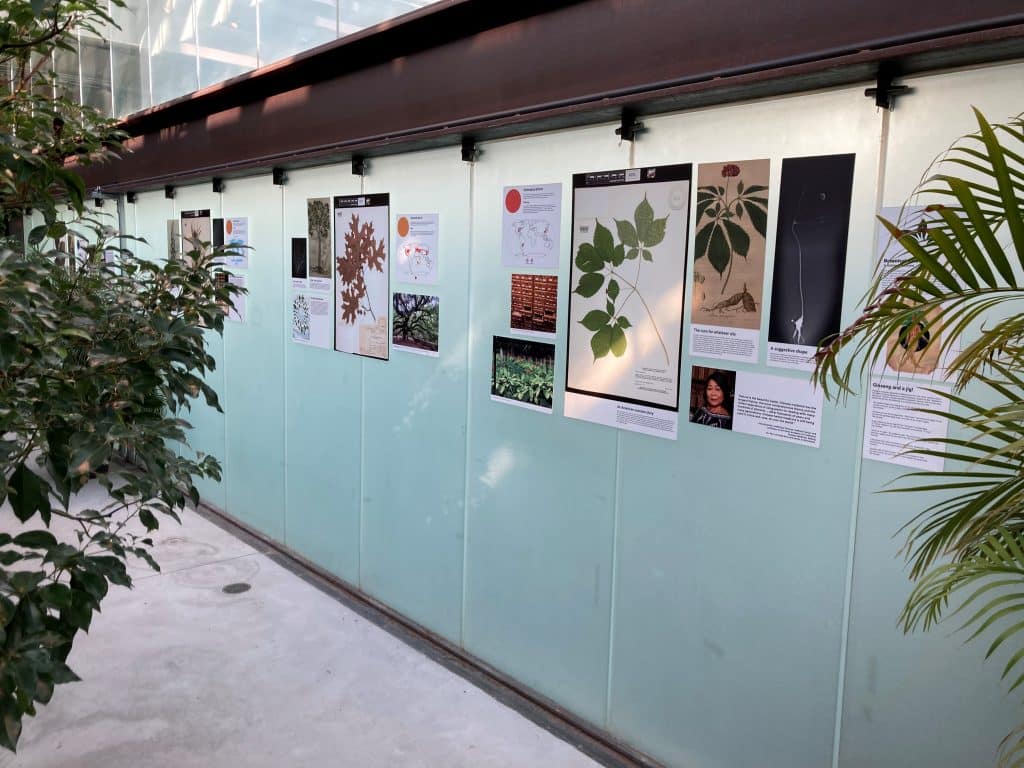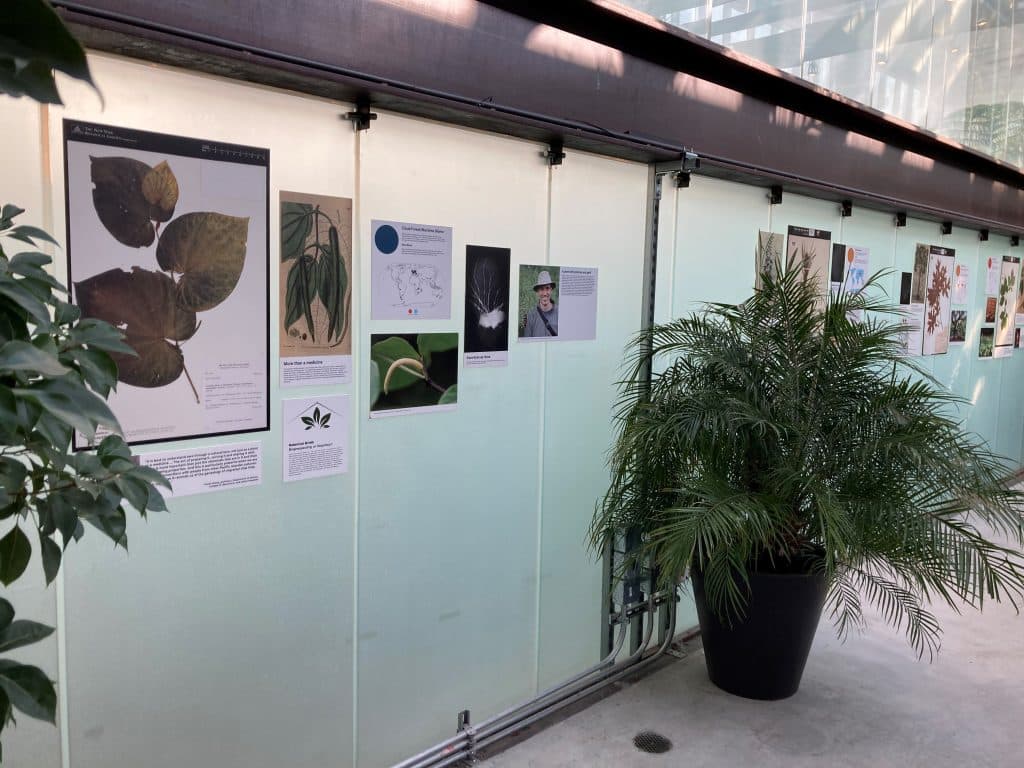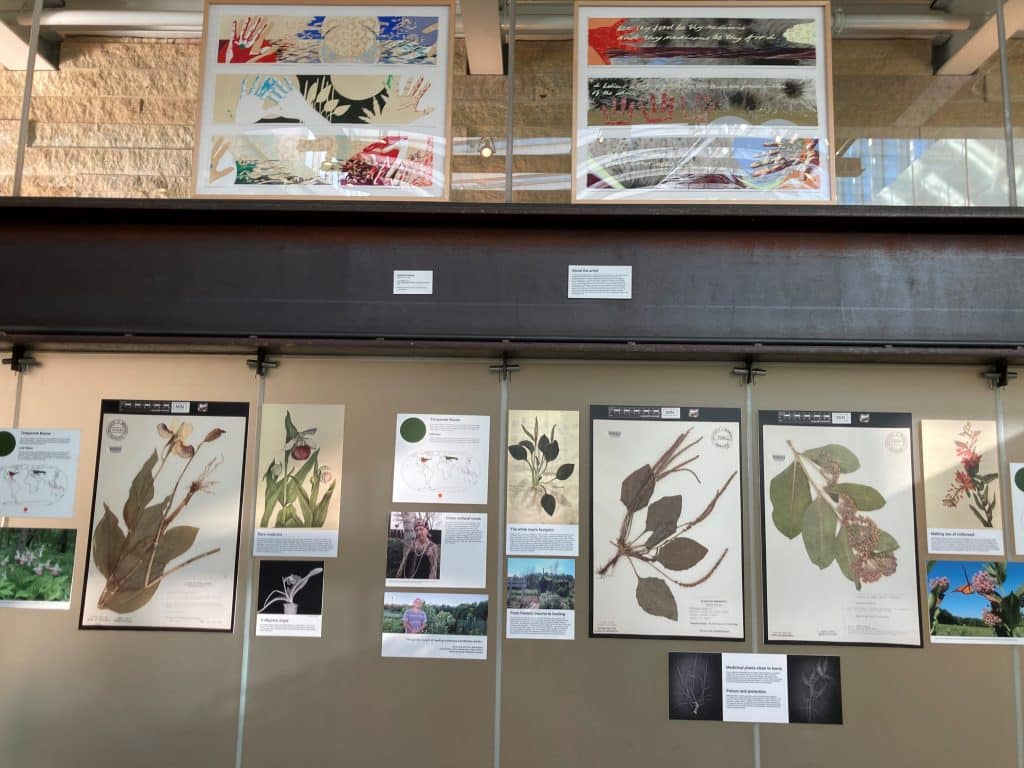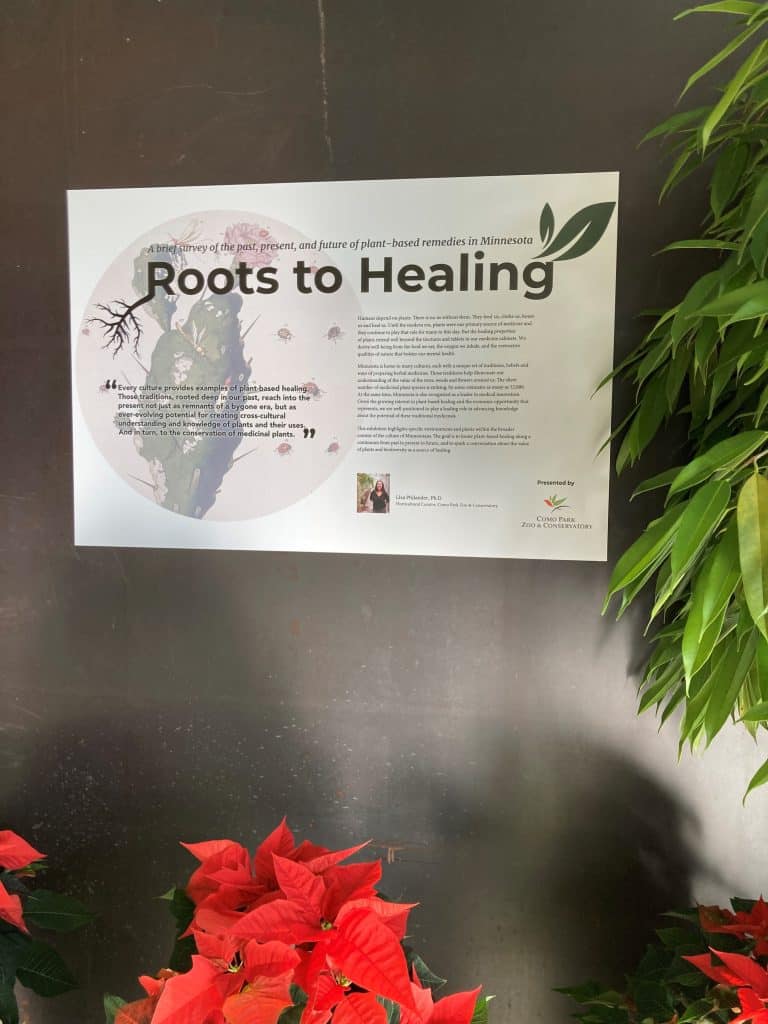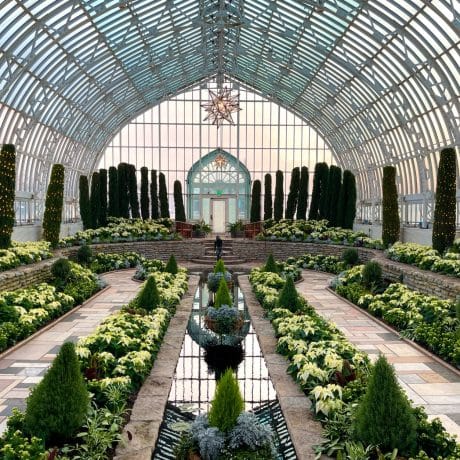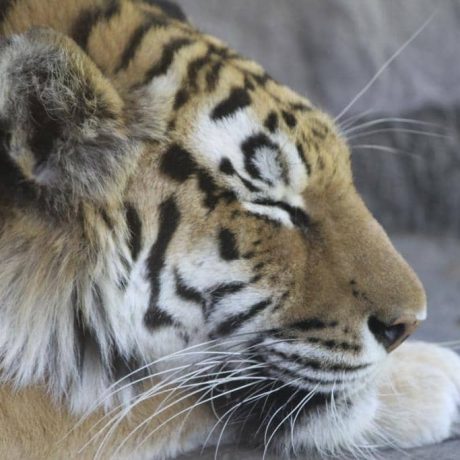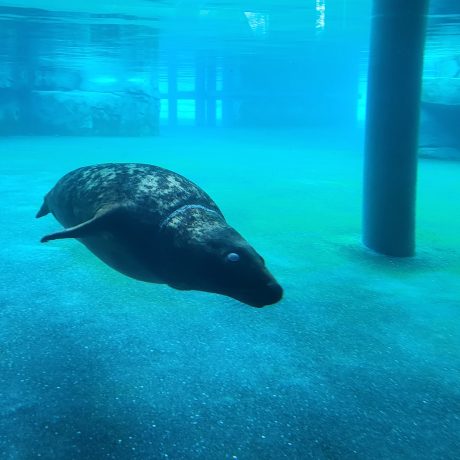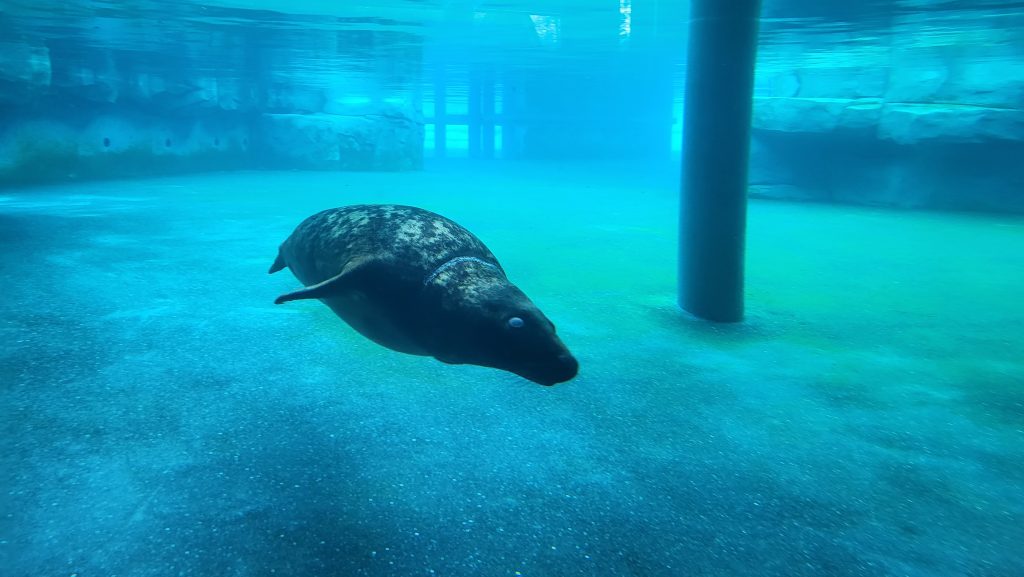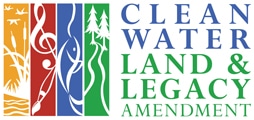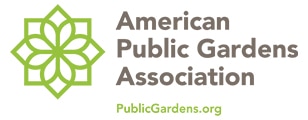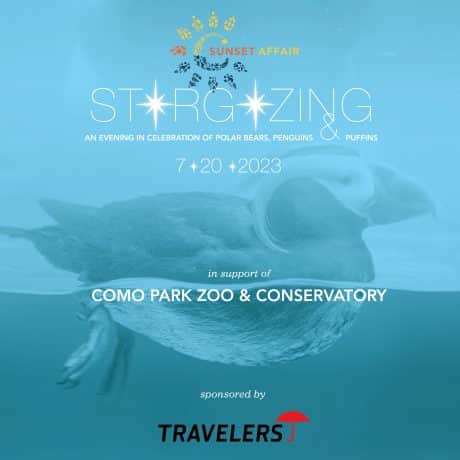

Sunset Affair: Stargazing, July 20, 2023, 5:30 pm – 10:00 pm
From the north pole to the south, and every compass point in between, the beauty and diversity of our planet is as boundless as the stars above. Join Como Friends as we gather again under the night sky for Sunset Affair: Stargazing, a benefit to celebrate the animals, plants and people that make Como Park Zoo & Conservatory a natural wonder.
Polar bears, penguins and puffins will be the star players at Sunset Affair, the summer gala that supports the extraordinary access, educational programs and natural encounters that make Como Minnesota’s most visited cultural destination.
Gather your friends, reserve your preferred ticket option, and get ready to go “Stargazing” at Como Park Zoo & Conservatory on July 20!
Under the stars, you’ll see Como Park Zoo & Conservatory as few people do, with up-close encounters with animal ambassadors, fascinating talks from Como Zoo’s keepers and horticulturists, and the chance to bid on the amazing, only-at-Como Silent Auction items that have made our summer gala a can’t-miss moment for so many.
Click HERE for more information & tickets.
TICKET OPTIONS
Individual Ticket: $250
Enjoy this stellar party celebrating all the animals and plants you love at Como!
Patron Ticket: $350
Become a Sunset Affair patron and increase your support of Como to ensure it thrives for generations to come. Includes recognition in the event print program.
Patron Table: $2,800
Gather your family, friends, or colleagues for this premier event. Patron tables seat 8 and include recognition in the print program.
Choice Seating: $4,250
Experience the close-up encounters and intimate corners that Como is known for with choice seating in Gorilla Forest or Underwater Viewing in Como Harbor. A Choice Seating table for 8 includes private seating, host bar, plated dinner, a custom experience with a zookeeper before dinner and recognition in the print program.
RSVP BY July 1, 2023
Please call the Como Friends’ office at 651.487.8229 if you have further questions & follow us on Facebook and Instagram.
